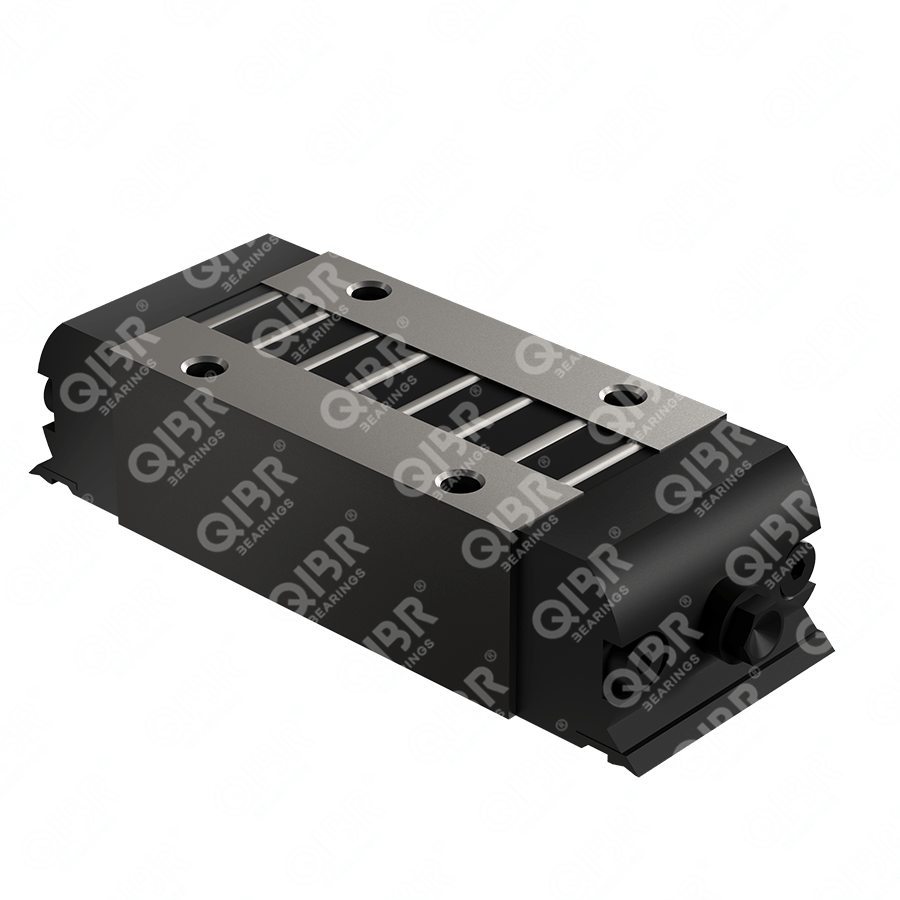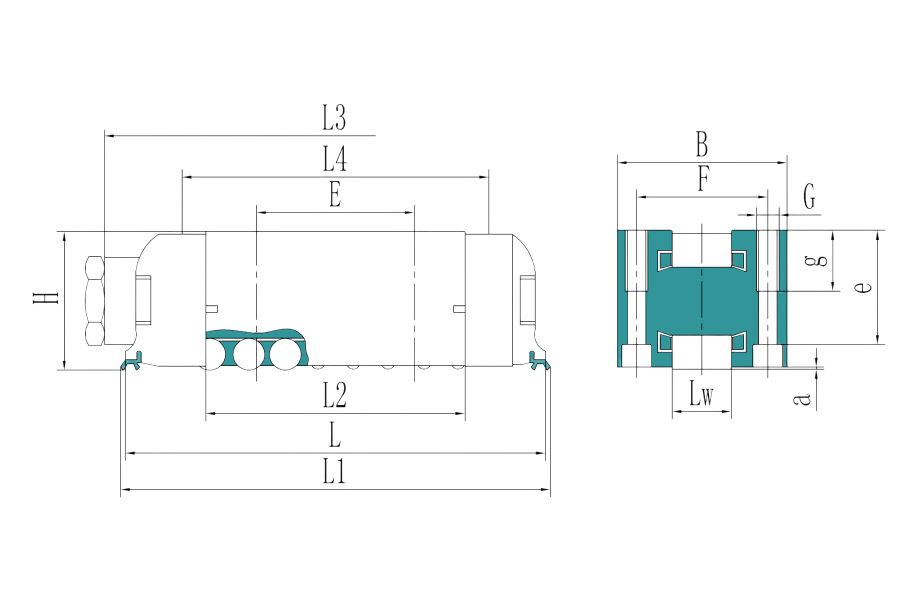
Image may differ from product. See technical specification for details.
Search for the bearing model you need
Standard
GB,ASTM/AISI,ГОСТ,BS,JIS,NF,DIN / VDEh
Weight
0.19kg-2.53kg
Height
19mm-38mm
Width
27mm-52mm
Basic load ratings (dyn.CN)
42000-305000
Brand
QIBR/OEM/Neutral
Package
QIBR/Standard Industrial Package/OEM
Applications
Electronic equipment, food machinery, packaging machinery, medical machinery
Material
52100, 100Cr6, SUJ2, 440

| NO. | Product | Product Number | Height (H) | Mass | Mounting dimension (L2) | Mounting dimension (L3) | Mounting dimension (Lw) | Width (B) |
|---|---|---|---|---|---|---|---|---|
| 1 |

|
RUS 19069 KS | 19 mm | 0.19 kg | 44 mm | 76 mm | 10 mm | 27 mm |
| 2 |

|
RUS 19105 KS | 19 mm | 0.29 kg | 78.5 mm | 112 mm | 10 mm | 27 mm |
| 3 |

|
RUS 26086 KS | 26 mm | 0.49 kg | 53 mm | 92 mm | 14 mm | 40 mm |
| 4 |

|
RUS 26102 KS | 26 mm | 0.61 kg | 69 mm | 108 mm | 14 mm | 40 mm |
| 5 |

|
RUS 26126 KS | 26 mm | 0.78 kg | 93 mm | 132 mm | 14 mm | 40 mm |
| 6 |

|
RUS 38134 KS | 38 mm | 1.53 kg | 85 mm | 136 mm | 20 mm | 52 mm |
| 7 |

|
RUS 38206 KS | 38 mm | 2.53 kg | 158 mm | 209 mm | 20 mm | 52 mm |
Main features of linear roller bearing RUS..KS series
High load capacity:
Compared with the ball structure, the rollers of the linear roller bearing RUS..KS series can provide higher load capacity, especially for heavy-load conditions.
High precision and stability:
Linear roller bearings provide very precise linear guidance, can withstand high radial loads, and ensure the stable operation of mechanical systems.
Durability and reliability:
Due to the use of rollers as rolling elements, linear roller bearings are more wear-resistant than ball bearings during long-term use, and are suitable for heavy-load and long-term working environments.
With lubrication channel:
Linear roller bearings RUS..KS series can provide lubrication regularly, so that a lubricating film is formed between rolling parts, thereby reducing the friction coefficient and preventing wear and overheating. Through the lubrication facility, the operator can easily inject the right amount of lubricating oil or grease into the bearing.
Application areas of linear roller bearings RUS..KS series
Automobile manufacturing equipment:
Used for precision positioning and motion control of automated production lines, such as welding robots, painting equipment, etc.
Surgical robots:
Linear roller bearings RUS..KS series are used in some surgical robots to carry high-precision motion control to achieve minimally invasive surgery.
Detection equipment:
Used in various detection and testing equipment to provide stable linear motion and ensure the accuracy and reliability of the instrument.


